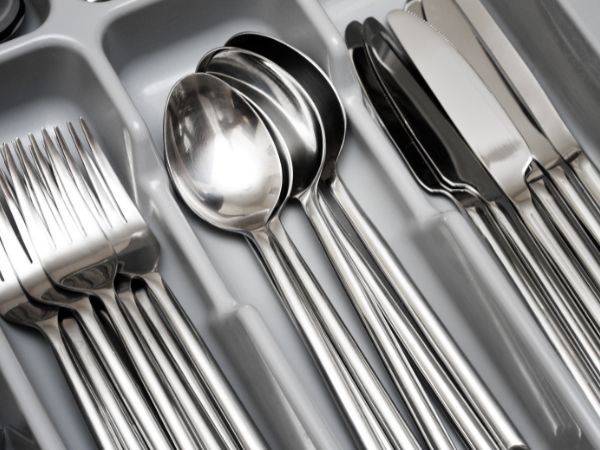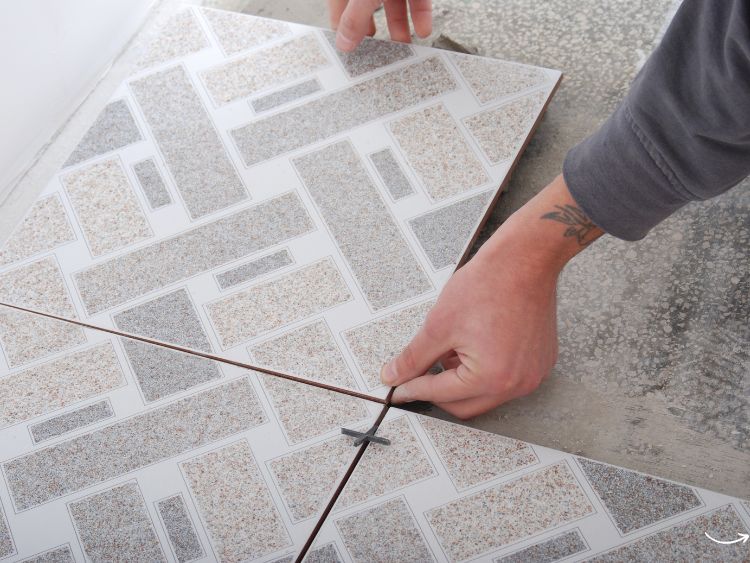Hey there! Ever pondered about the intriguing world of Infull cutlery? It’s not just about forks and knives; it’s a realm filled with history, innovation, and art. This article delves deep into the diverse aspects of cutlery, ensuring you’ll view your dining table companions in a whole new light.
A Glimpse into History: The Birth of Cutlery
Picture this: ancient civilizations, the dawn of dining sophistication. Cutlery’s journey began thousands of years ago, not merely as tools but as symbols of culture and etiquette.
- Stone Age Beginnings: Humans first used natural elements like shells and stones.
- Metal Revolution: The Bronze and Iron Ages brought metal cutlery, elevating dining experiences.
- Cultural Significance: In medieval times, cutlery mirrored social status and etiquette norms.
Cutlery Today: More than Utensils
Fast forward to today, and cutlery has transformed dramatically. It’s not just about functionality; it’s about style, design, and personality.
- Material Magic: Stainless steel reigns, but bamboo and other sustainable materials are on the rise.
- Design Diversity: From minimalist to ornate, cutlery designs reflect personal and cultural identities.
- Innovative Inclusions: Think smart forks that monitor eating habits – technology has entered the cutlery scene!
The Art of Choosing the Right Cutlery
Choosing cutlery is like picking your outfit – it’s a reflection of your style and the occasion.
- Match the Occasion: Fine dining demands elegance, while a picnic calls for practicality.
- Consider Comfort: Ergonomics play a key role. Comfort in your hand is key.
- Style Statement: Your choice of cutlery can make or break the aesthetic of your dining setup.
Cutlery Etiquette: More Than Just Manners
Ever felt lost at a formal dinner table? Fear not! Let’s break down the basics of cutlery etiquette.
- The Basics: Start from the outside and work your way in.
- Cultural Nuances: From chopsticks in Asia to dessert spoons in Europe, cutlery etiquette varies globally.
- Modern Manners: With changing dining trends, etiquette evolves, blending tradition with contemporary practices.
The Environmental Impact of Cutlery
It’s not all about looks and utility; the environmental impact of cutlery is a pressing concern.
- Disposable Dilemma: Single-use plastics are a no-go. Sustainable alternatives are gaining traction.
- Recycling Revolution: Metal and other materials offer recycling possibilities, reducing waste.
- Eco-friendly Innovations: Biodegradable and compostable options are changing the game.
Frequently Asked Questions
- What’s the best material for everyday cutlery? Stainless steel is popular for its durability and ease of maintenance.
- How can I set a table properly for a formal event? Remember: forks on the left, knives and spoons on the right, and glassware at the top right.
- Are there eco-friendly cutlery options for outdoor events? Absolutely! Bamboo and other compostable materials are great choices.
- How do I care for my cutlery to ensure its longevity? Regular cleaning and proper storage are key. Avoid harsh detergents for special materials.
Conclusion
Cutlery, a seemingly mundane aspect of daily life, holds a world of history, innovation, and cultural significance. From its ancient origins to modern, environmentally conscious designs, cutlery continues to evolve and adapt, just like our dining habits. Next time you sit down to eat, take a moment to appreciate the art and science behind those forks and knives on your table. Let’s embrace the fascinating world of cutlery and the endless possibilities it presents in our culinary adventures!



